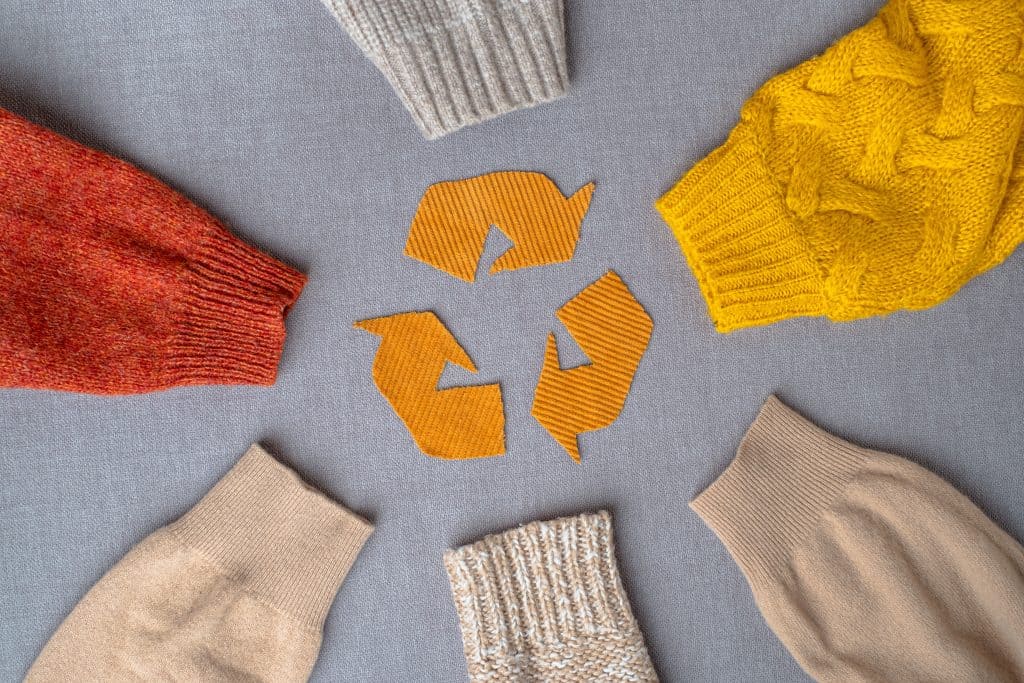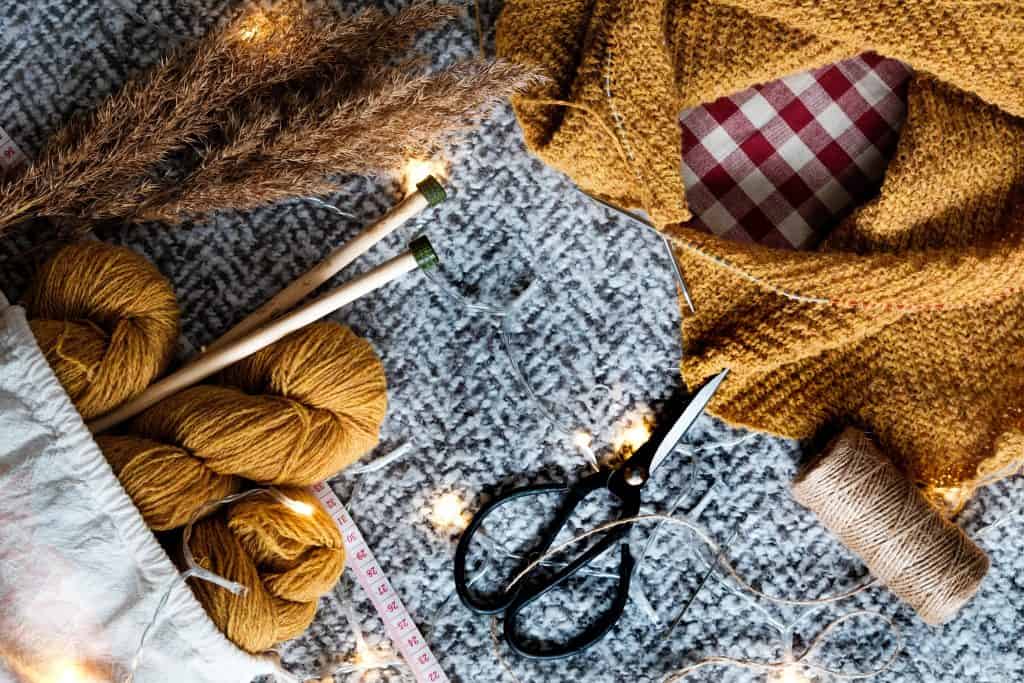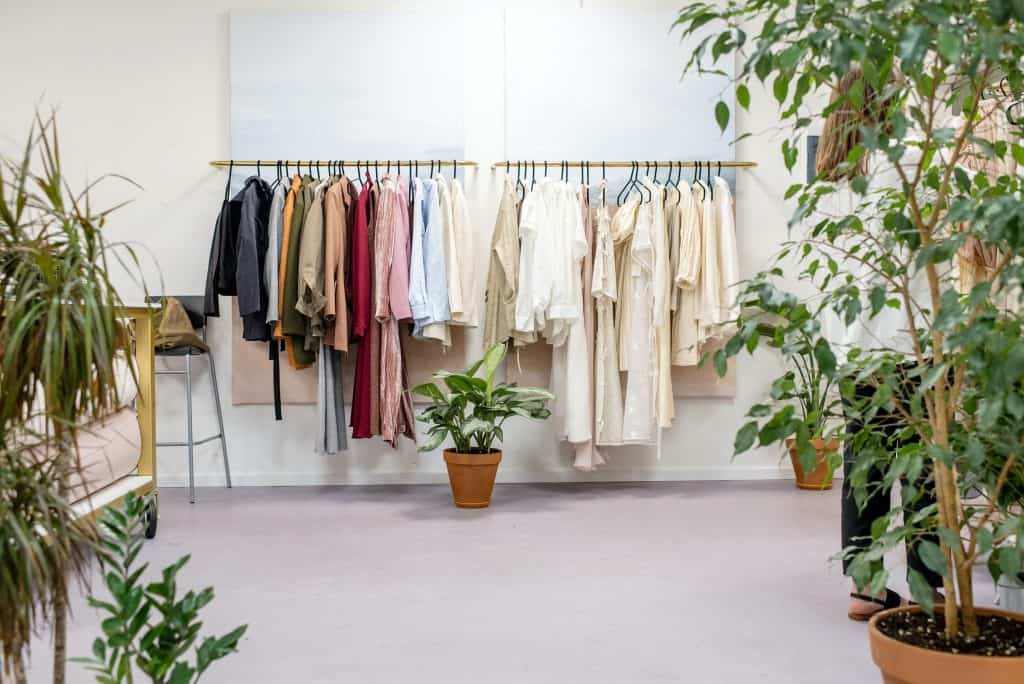
In This Article
- What is Sustainable Fashion?
- The Importance of Ethical and Eco-Conscious Clothing
- Key Elements of Sustainable Fashion
- Benefits of Sustainable Fashion
- How to Build a Sustainable Wardrobe
- Top Sustainable Fashion Brands and Designer
- Caring for Sustainable Fashion
- Resources and Tools for Sustainable Fashion Enthusiasts
- Overcoming Common Challenges
In a world where fashion trends come and go, one movement is here to stay—sustainable fashion. As consumers become more conscious of the environmental and ethical impact of their clothing choices, sustainable fashion has emerged as a compelling solution. In this comprehensive guide, we’ll explore the world of sustainable fashion, uncovering its principles, and benefits, and offering practical tips on building a wardrobe that’s not only stylish but also eco-friendly.
What is Sustainable Fashion?
Sustainable fashion is a commitment to clothing that considers the entire lifecycle of a garment, from design and production to use and disposal. It’s a holistic approach that strives to minimize the negative impact on the environment, promote fair labour practices, and ensure the longevity of the items you wear.
The Importance of Ethical and Eco-Conscious Clothing
Sustainable fashion isn’t just about the materials used; it also addresses the ethics of the fashion industry. Many consumers are now demanding greater transparency from brands and want to know that the people creating their clothing are paid fair wages and work in safe conditions.
Key Elements of Sustainable Fashion

Sustainable Materials
One of the foundations of sustainable fashion is the use of eco-friendly materials. Fabrics like organic cotton, Tencel, hemp, and recycled polyester are gaining popularity for their reduced environmental impact. These materials often require less water and fewer chemicals in their production.
Fair Trade and Ethical Production
Sustainable fashion prioritizes ethical labour practices. Brands that adhere to fair trade principles ensure that the individuals making your clothing are paid fairly and work in safe conditions. This not only supports workers but also contributes to the overall social sustainability of the industry.
Minimalism and Timeless Design
Sustainable fashion embraces minimalism and timeless design. The goal is to create pieces that are versatile, durable, and can be worn across multiple seasons and occasions. By avoiding the constant need for new trends, you reduce the demand for fast fashion.
Recycling and Upcycling in Fashion
Recycling and upcycling are creative ways to extend the lifespan of clothing items. Recycling involves turning old garments into new textiles, while upcycling transforms clothing or textiles into something completely different, giving them a new lease on life.
Benefits of Sustainable Fashion
Environmental Benefits
Sustainable fashion significantly reduces the environmental footprint of the industry. It leads to less waste, lower energy consumption, and decreased water usage. By choosing eco-friendly materials and sustainable production methods, you’re contributing to a healthier planet.
Social Benefits
Choosing ethical and sustainable fashion supports fair labour practices. Workers in the fashion industry deserve safe workplaces and fair wages. Sustainable fashion helps ensure the well-being of the people behind the clothes you wear.
Quality and Durability
Sustainable fashion often results in higher-quality garments. These items are designed to last, reducing the need for frequent replacements and contributing to a more sustainable wardrobe.
Economic Benefits of Supporting Ethical Brands
Supporting sustainable fashion brands can also have economic benefits. These brands often invest in local communities, create jobs, and support innovative and ethical practices, ultimately benefiting the economy.
How to Build a Sustainable Wardrobe

Assess Your Current Wardrobe
Before you dive headfirst into sustainable fashion, take a moment to assess your current wardrobe. What do you wear regularly, and what collects dust in your closet? Identifying your clothing habits will help you make more informed choices moving forward.
Tips for Sustainable Shopping and Mindful Consumption
- Buy less, but choose better: Opt for high-quality, versatile pieces over fast fashion.
- Research brands: Look for those with a commitment to sustainability and ethical practices.
- Consider the garment’s lifecycle: Think about the longevity of the item and its potential impact on the environment and workers.
The Role of Second-Hand and Vintage Fashion
Shopping for second-hand and vintage clothing is a fantastic way to embrace sustainability. It gives existing garments a new life and reduces the demand for new production.
Building a Versatile and Eco-Friendly Capsule Wardrobe
A capsule wardrobe consists of a small number of versatile, timeless pieces that can be mixed and matched to create a variety of outfits. It encourages minimalism and prevents excessive shopping.
Top Sustainable Fashion Brands and Designer
Sustainable fashion has been embraced by many visionary designers and innovative brands that prioritize ethical practices and eco-friendly materials. Here are some of the top names in the sustainable fashion landscape:
- Patagonia: Known for its commitment to environmental and social responsibility, Patagonia offers a wide range of outdoor clothing made from recycled and organic materials. They also actively support environmental causes and encourage customers to repair and recycle their clothing.
- Eileen Fisher: Eileen Fisher is a leader in sustainable, minimalist fashion. Their timeless designs and use of eco-friendly materials, including organic cotton and Tencel, have garnered a loyal following. They also promote circular fashion through their “Renew” program.
- Stella McCartney: Renowned designer Stella McCartney is a trailblazer in sustainable luxury fashion. Her brand is cruelty-free and sustainable, using innovative materials like sustainable viscose and organic cotton. She’s an advocate for ethical fashion practices in the high-end market.
- Reformation: Reformation is all about eco-conscious and stylish clothing. They focus on sustainable materials, responsible manufacturing, and eco-friendly packaging. Their designs are trendy and perfect for those who want to stay fashionable while supporting sustainability.
- Veja: Veja is a sustainable sneaker brand that has gained popularity for its eco-friendly and fair-trade production practices. Their sneakers are made with organic cotton, sustainably sourced rubber, and innovative materials like recycled plastic bottles.
- Everlane: Everlane is known for its “Radical Transparency.” They provide detailed information about the production costs and markups for each item. Their focus on quality, classic designs, and ethical manufacturing has made them a go-to brand for conscious consumers.
These brands and designers represent just a fraction of the sustainable fashion movement, but they offer excellent options for those looking to build a stylish and eco-friendly wardrobe. Keep in mind that the sustainable fashion landscape is constantly evolving, so it’s worth exploring new brands and emerging designers in your quest for ethical and stylish clothing.
Caring for Sustainable Fashion
Caring for your sustainable fashion pieces is just as crucial as choosing them. Here’s how to ensure they maintain their quality and longevity:
- Proper Garment Care: Sustainable fashion often uses delicate or organic materials that require gentle care. Always check the care instructions on the label and follow them to preserve your clothing.
- Sustainable Laundry Practices: Reduce water and energy consumption by washing your clothing with cold water and opting for eco-friendly detergents. Consider air-drying your clothes instead of using a dryer to extend their lifespan.
- Repair and Maintenance: Don’t throw away damaged sustainable garments. Many small issues can be easily repaired, whether it’s a missing button, a loose seam, or a small tear. By fixing these problems, you can keep your clothing in use for longer.
Resources and Tools for Sustainable Fashion Enthusiasts
Embrace the resources available to enhance your sustainable fashion journey:
- Sustainable Fashion Apps and Websites: Several apps and websites can help you make informed choices, from providing information on brands’ ethical practices to offering tips on recycling and upcycling your clothing.
- Sustainable Fashion Events and Initiatives: Keep an eye out for sustainable fashion events, swap meets, and clothing drives in your area. These are great opportunities to exchange or donate clothing and learn more about eco-friendly practices.
- Sustainability Certifications to Look For: When shopping, look for sustainability certifications such as Fair Trade, GOTS (Global Organic Textile Standard), and OEKO-TEX Standard 100, which indicate that a product meets specific environmental and social criteria.
Overcoming Common Challenges
While sustainable fashion offers many advantages, it’s not without its challenges. Here are some common concerns and how to address them:
- Addressing Misconceptions about Sustainable Fashion: One misconception is that sustainable fashion is expensive or lacks style. In reality, there are sustainable options to fit various budgets and fashion preferences. Look for sales, and second-hand options, or try DIY upcycling projects.
- Budget-Friendly Sustainable Fashion Options: Sustainable fashion doesn’t have to break the bank. Thrift stores, vintage shops, and sales from sustainable brands can provide affordable options. Additionally, investing in high-quality, long-lasting pieces may save money in the long run.
- Balancing Style and Sustainability: Finding sustainable clothing that matches your style can be a concern. However, as sustainable fashion grows in popularity, there’s a wider range of designs to choose from. Experiment with different brands and styles to find the perfect balance between fashion and sustainability.
Conclusion
In conclusion, sustainable fashion isn’t just a trend; it’s a movement that addresses the pressing issues of our time. By choosing eco-friendly materials, supporting ethical practices, and adopting a mindful approach to consumption, you can create a wardrobe that not only reflects your style but also contributes to a better world. Your choices matter, and they have the power to reshape the fashion industry into one that’s more sustainable, ethical, and inspiring. So, whether you’re starting your sustainable fashion journey or deepening your commitment, remember that every sustainable choice brings us one step closer to a brighter and more stylish future.
By embracing these principles and practices, you can make a positive impact on the fashion industry and the planet. Sustainable fashion isn’t just a trend; it’s a way of life that embodies style with a conscience.



